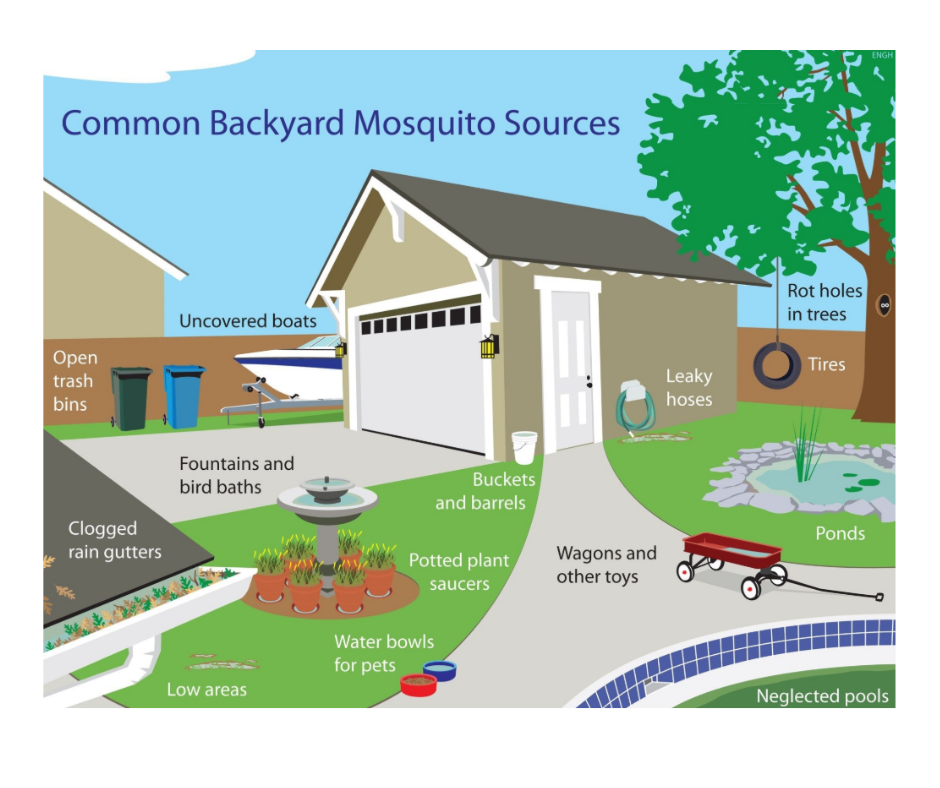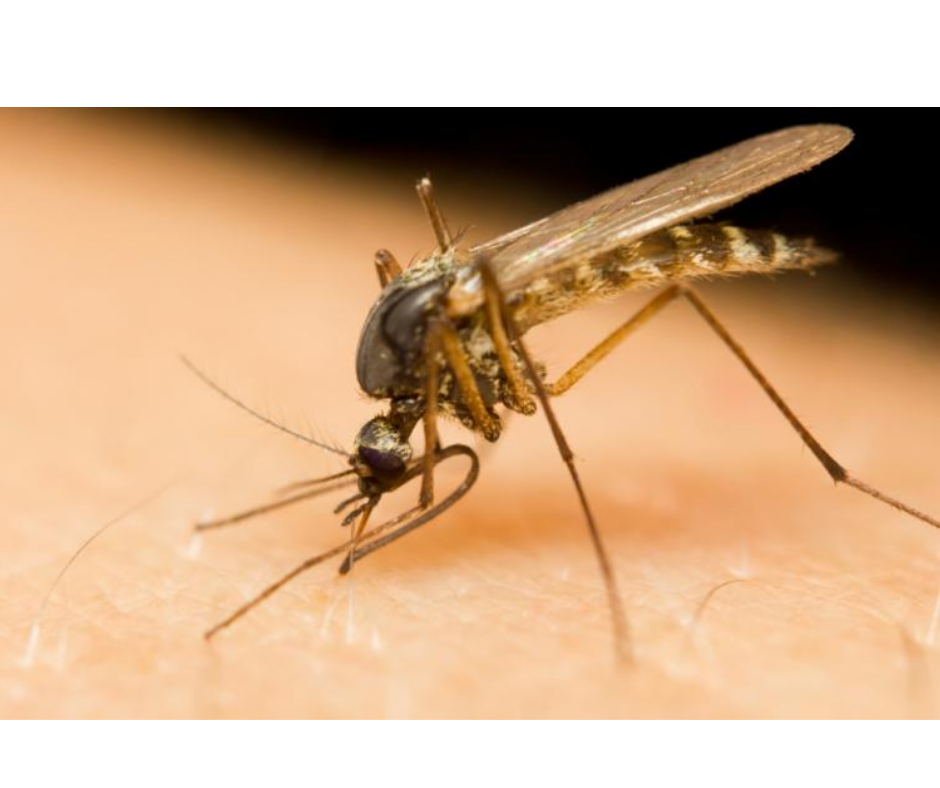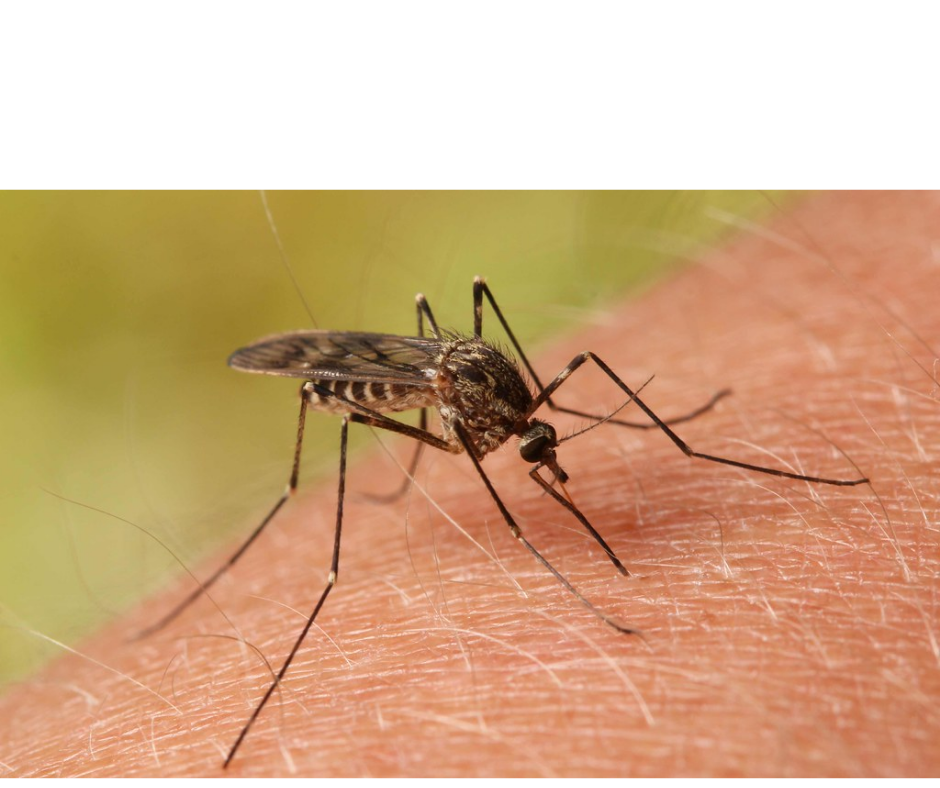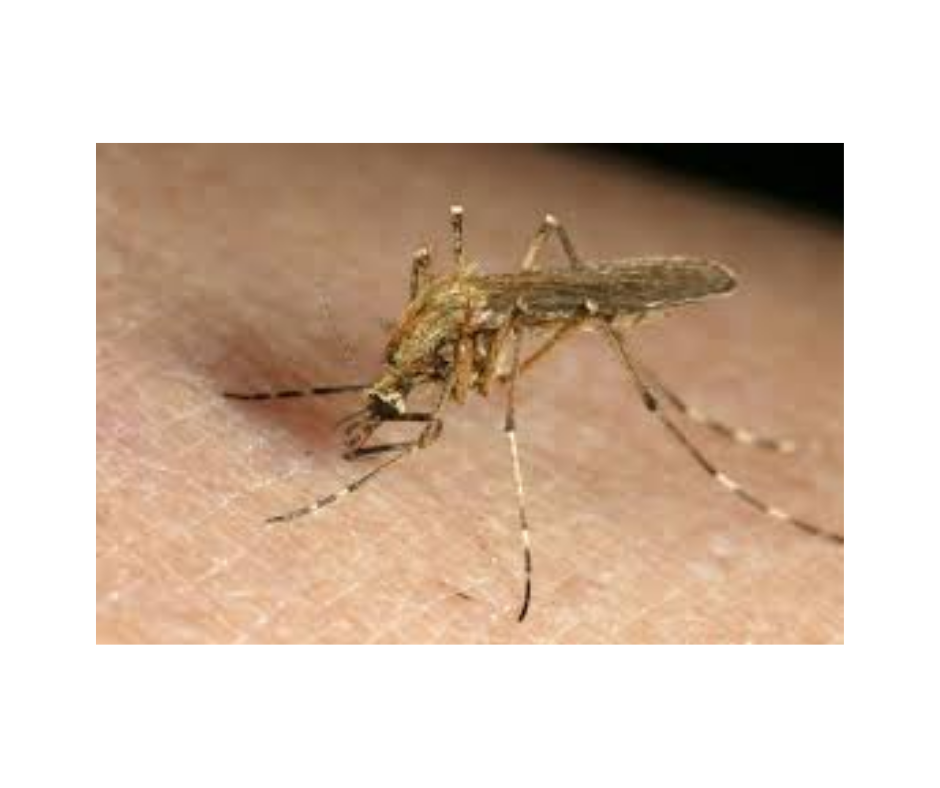Summer Newsletter 2021
Quarterly Newsletter and Updates
Protect Yourself Against Mosquitoes This Summer

Getting rid of standing water on your property is the best way to reduce the possibility of mosquitoes in your area. Mosquitoes can start breeding in as little as a bottle cap of water. Sometimes there can be items in your yard that you might not realize can hold standing water, so it's always best to check your yard once a week and dump anything you find. If you have a pond, water trough, or neglected swimming pool, the District can provide you with free mosquitofish. If you're having a mosquito problem and know that there's nothing in your yard causing it, you can fill out a service request at www.mosquitoes.org.
Adult mosquitoes may take a week or two to die off after the standing water has been taken care of. In the meantime, there are multiple ways to protect yourself from mosquitoes while you're outside. Wearing loose, long sleeves and pants can help prevent them from biting through your clothes. You can also use an EPA-registered insect repellent that contains DEET, Picaridin, IR3535, or oil of lemon eucalyptus on exposed skin.
How Many Mosquito Species Are In Alameda County?
If you can believe it there are over 2500 different species of mosquitoes around the world. There are 53 species that occur in California and 22 of those can be found throughout Alameda County. Out of the 22 species, there are 8 that make up most of the service calls we receive at the District and require the most fieldwork by our technicians.

The species we receive the most calls about is Culex pipiens. They're nicknamed the "house mosquito" because they enter resident's homes at night to bite. This mosquito is also a good carrier for West Nile virus so it's important for our technicians to find where this mosquito could be breeding.

The second species that we get the most calls about is Culiseta incidens. This mosquito is commonly found breeding in freshwater sources such as fish ponds, creeks, and containers. It is also a moderately aggressive biter that is noticeable by its large size.

Aedes dorsalis lay their eggs in our local tidal salt marshes and hatch when they are filled by high tides. This species is a very aggressive, day-biting mosquito. They have the ability to fly moderate distances, making residents who don't live directly next to the marsh susceptible to this mosquito also.
To learn more about the other local mosquitoes in Alameda County you can visit our website here.
Green Swimming Pools

West Nile Virus Update
.png?ixlib=rb-1.1.0&w=2000&h=2000&fit=max&or=0&s=44b343526711084ba452ba39e48ada4e)
Our laboratory continues to test suitable dead birds for West Nile virus (WNV). So far this year we have tested 47 dead birds and they have all come back negative. If you come across a dead bird please report it online at www.westnile.ca.gov. The mosquitoes most effective at spreading WNV are more common in the summer months and typically reduce their activity once the rainy season sets in. However, mosquitoes can breed all year long in the Bay Area so preventative activities such as removing standing water, adding mosquito fish to ponds, troughs, and neglected swimming pools, reduce our risk of West Nile virus. Now is a great time to check for standing water in your yard and drain or cover anything that will hold water longer than 4 days. Visit our backyard checklist to see common places where mosquitoes produce.
